No matter what a talented chef you are, none of your baking skills can shine through if you do not have the right ingredients. As the heart of every recipe, they make sure your goodies taste heavenly on the tongue (or at least not become a complete flop!)
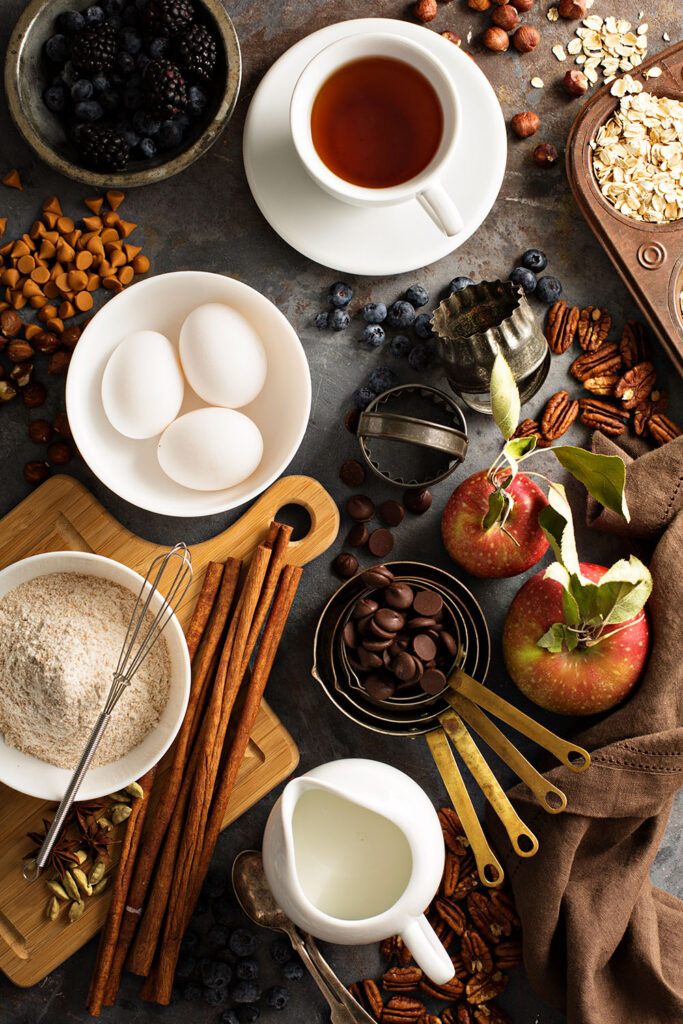
I know; it’s like a jungle out there with millions of recipes. But the 10 basic baking ingredients below will always remain your kitchen superheroes regardless of what you’re whipping up. Sit down, and let me introduce you guys to each other!
Top 10 Baking Essentials Ingredients For A Cake
Flour, sugar, and butter are the key ingredients for a killer cake. Eggs bind everything together, while leavening agents like baking soda or powder invite the fluff.
Cocoa powder adds a chocolate kick to your bakes; dried fruits and nuts offer chewy textures. And finally, milk and vegetable oil step in, bringing the moisture and neutrality your cake needs for the perfect taste.
1. Flour
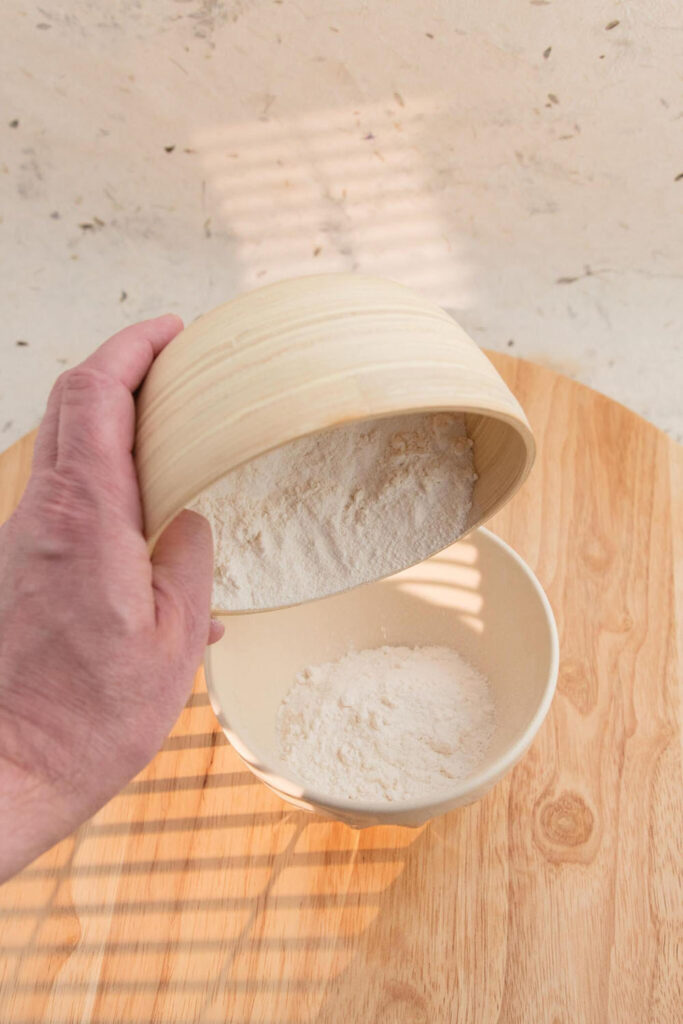
Even my non-baking friends have to say it: four is like the canvas for every baking masterpiece. You might feel like wandering through a maze with endless flour options – but fear not, since most recipes only use these 5 types of flour:
- All-purpose flour is the best sidekick for everything from cookies to basic breads. Its moderate protein (around 10-12%) strikes a wonderful balance between structure and tenderness.
- Bread flour, the tough guy in the flour gang, works amazingly in east-based breads like bagels and loaves. The high protein content forms robust gluten networks, resulting in sturdy structures and very satisfying chews!
- Then there’s pastry flour, made for delicate creations like flaky croissants and pie crusts. Since its protein level is pretty low, this guy keeps things tender to minimize gluten and prevent tough dough.
- And we can never forget our king of fluffiness, cake flour, which rules over light and airy cakes. With even less protein than its pastry buddy, this type of flour brings in a delicate crumb with super fine textures.
- The superhero of nutrition, whole wheat flour, packs with fiber and a nutty flavor. It tends to soak up lots of liquid, though, so adjust your recipes accordingly!
I always keep my flour in a cool, dry place inside airtight containers. For lighter bakes, you can sift your flour a little bit to add that lovely airiness to the texture! Most importantly, never say No to a fun experiment; why not get wild and mix different alternative flours for unique flavors?
2. Sugar
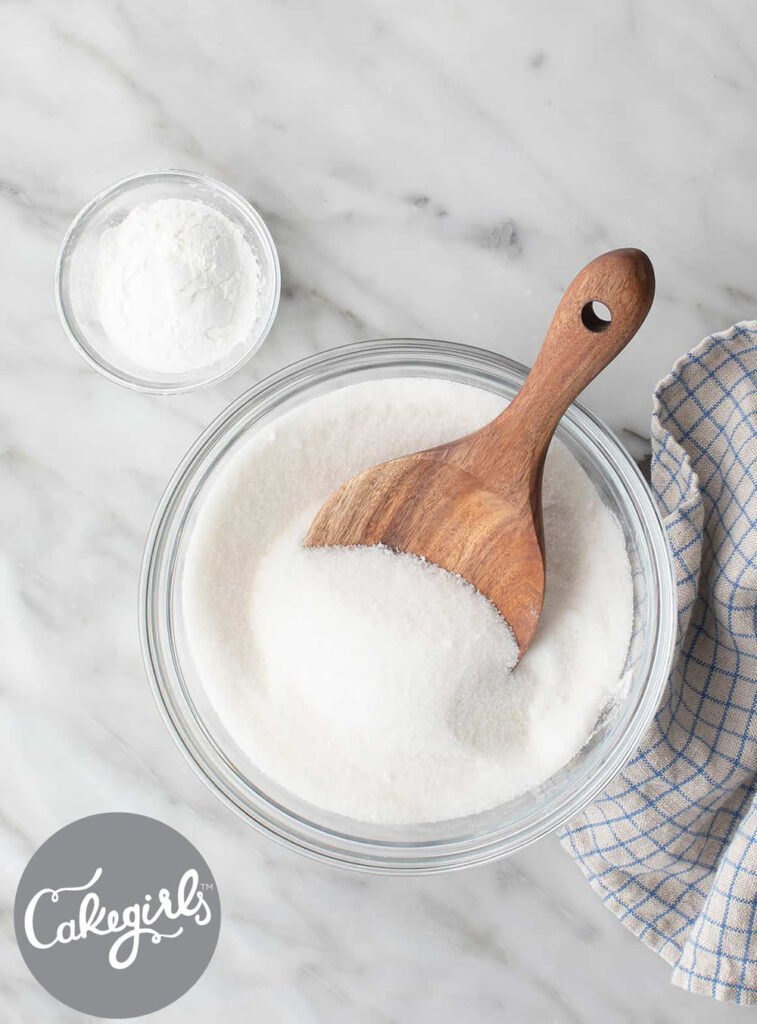
Sugar, the charming wizard that turns your plain dough into delightful, sweet treats! Obviously, we cannot leave it out of the baking party. Plus, sugar is not just about extra sweetness; it also shapes the textures and flavors and even deepens the colors of your cakes for the best results.
Just like flour, you should also pay a little attention to some types of sugar besides that all-too-familiar white sugar. Brown sugar, for instance, adds moisture and a hint of caramel, while powdered sugar is perfect for smooth icings and frostings. And don’t forget honey and syrups; they will bring that unique, crispy texture to your cookies and bars!
3. Butter
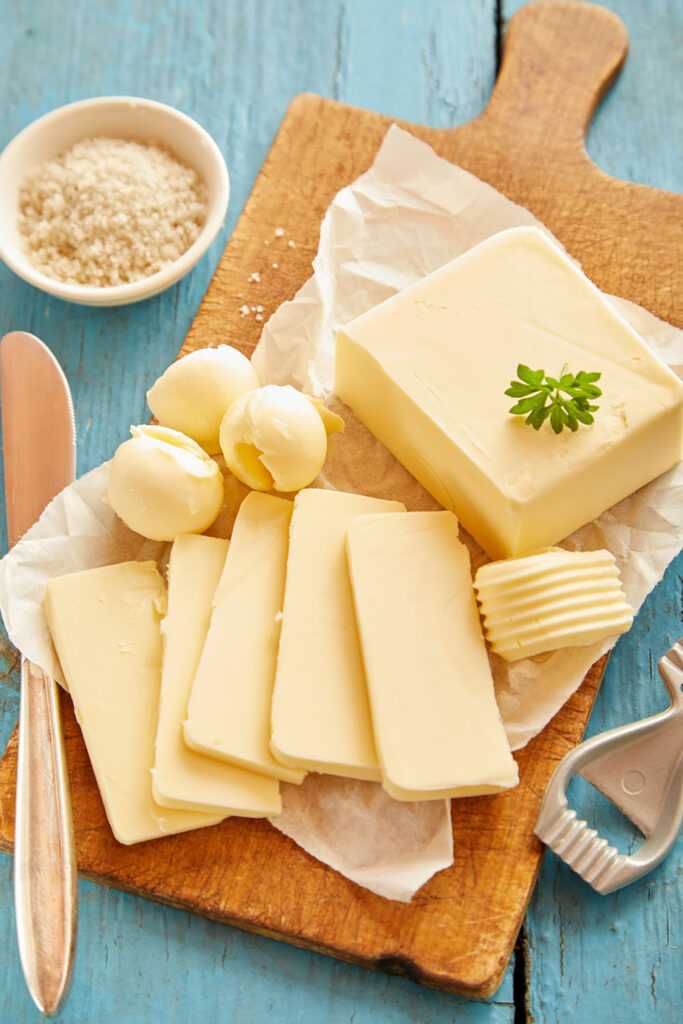
When you bite into a delicious cake or a perfect cookie, it’s usually very tender and moist, right? Well, that’s partly because of our buddy, butter!
For most baking recipes, I usually start by creaming butter with sugar before adding everything else; this step gives the mixture a good dose of air to make my cakes feel much lighter. And depending on what you’re whipping, feel free to use butter in many ways. Solid, melted, or at room temperature; it’s up to you!
But hey, what if you cannot buy butter for whatever reason or just simply prefer other options? There are substitutes like margarine, shortening, oils, or vegan butter (made from plants). These guys might throw in some tweaks but still give you that desired buttery flavor.
4. Eggs
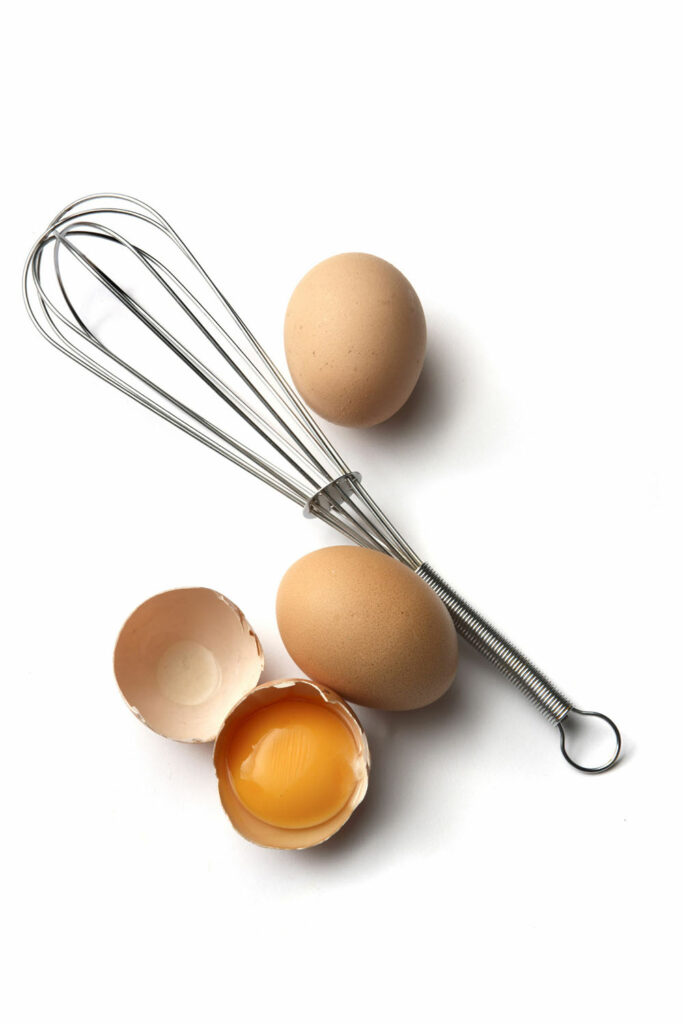
No more crumbly messes; eggs keep your ingredients from drying out, and make sure everything’s perfectly held together. That’s not all: they’re also the best mix masters! That’s how oil and water become instant buddies in many of my recipes, blending into one as if they always belong.
Using these eggs is like cracking into a world of options. Usually, I’ll whisk them up before adding them to the mix. But some recipes call for the whole egg, or just the yolks, or sometimes only the whites!
If eggs aren’t your thing, try mashed bananas, applesauce, or flaxseed mixed with water instead. But heads up: these substitutes might not always perform the same egg magic in your recipe.
5. Leavening Agents (Baking Soda, Baking Powder & Yeast)
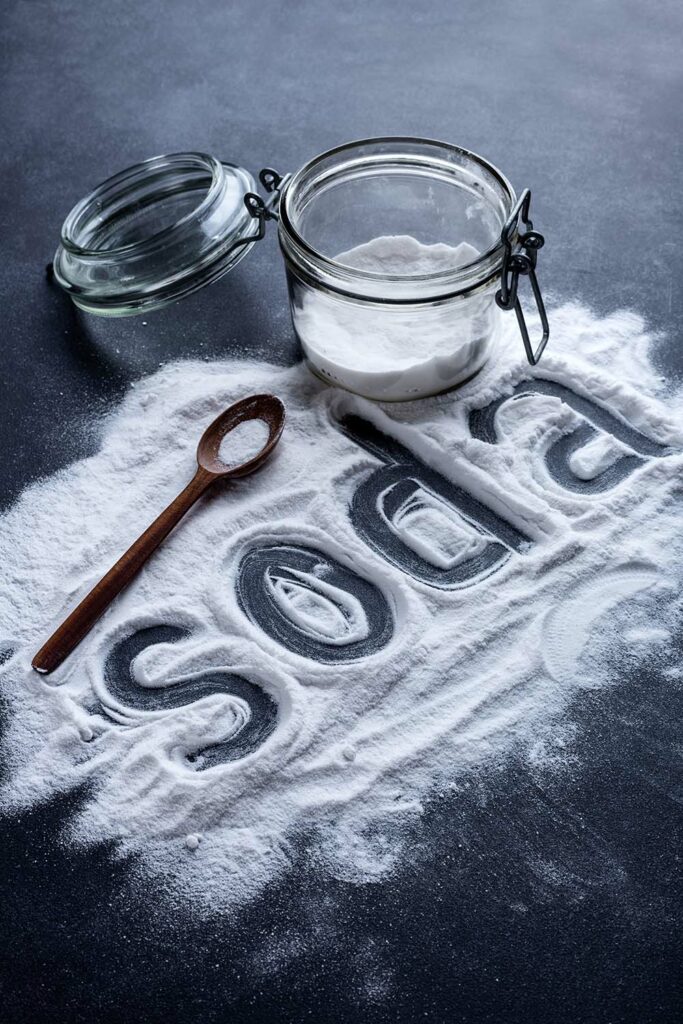
Leavening agents might not always get all the spotlights, but they’re the backstage magicians who weave pockets of airy delight into the dough to create that raising fluffiness we all adore.
Chemical leaveners like baking soda and power have always been super popular. Baking soda hangs out with acidic ingredients (think buttermilk or yogurt) to invite fizzy bubbles while baking. On the other hand, baking powder, a mix of acid and base, is ready to make your recipes soar anytime and anywhere, especially when there aren’t acidic ingredients around.
And let me introduce you to dry yeast, too. Yeast loves gobbling up sugars in the dough and, as a thank-you, burps out carbon dioxide gas to make the dough swell up. But this leavening agent still needs its chill time at the end of the day; no wonder recipes with instant yeast often tell you to let the dough sit and rise before popping it in the oven!
6. Cocoa Powder
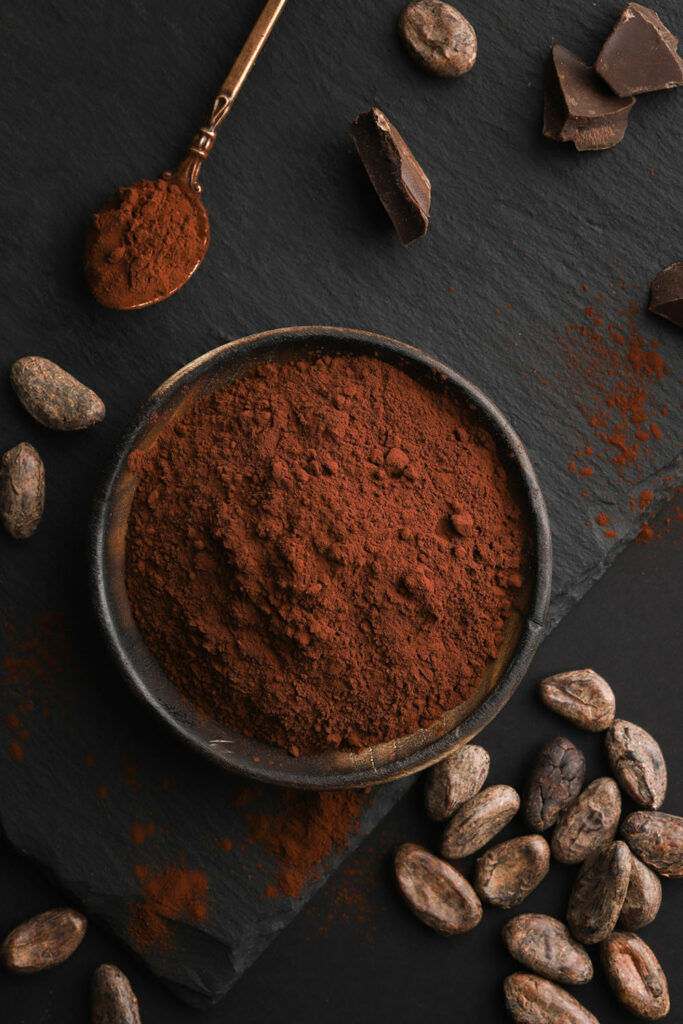
One of the basic ingredients of baking, cocoa powder, brings in the chocolatey goodness and that rich color to all sorts of mouth-watering recipes. Even making it at home is super breezy; I only have to grind the cocoa beans and take out the cocoa butter.
There are two common powder types: natural cocoa powder and Dutch-processed (or alkalized) cocoa powder. And you know what’s cool? They can be found almost anywhere at local markets or shops, though I usually whip them up by myself at home:
- Natural cocoa powder: I press the cocoa beans to squeeze the cocoa butter, then grind what’s left into a fine powder. Tada! We have natural cocoa powder! It has a bit of acidity, perfect for recipes that use baking soda to rise.
- Dutch-process cocoa powder: My go-to dry ingredient for recipes that need baking powder to puff up.
Most bakers treat it with alkaline solutions to tone down the acidity. This special treatment not only mellows out its distinctive flavor but also gives the powder a deeper, darker color than the natural one. Telling them apart is a piece of cake!
As you can see, both these cocoa types bring their own flair to the kitchen. Flip through the recipe to see what leavening agent it’s asking for, then choose the right cocoa powder and sprinkle the magic into your delicious baking!
7. Dried Fruits
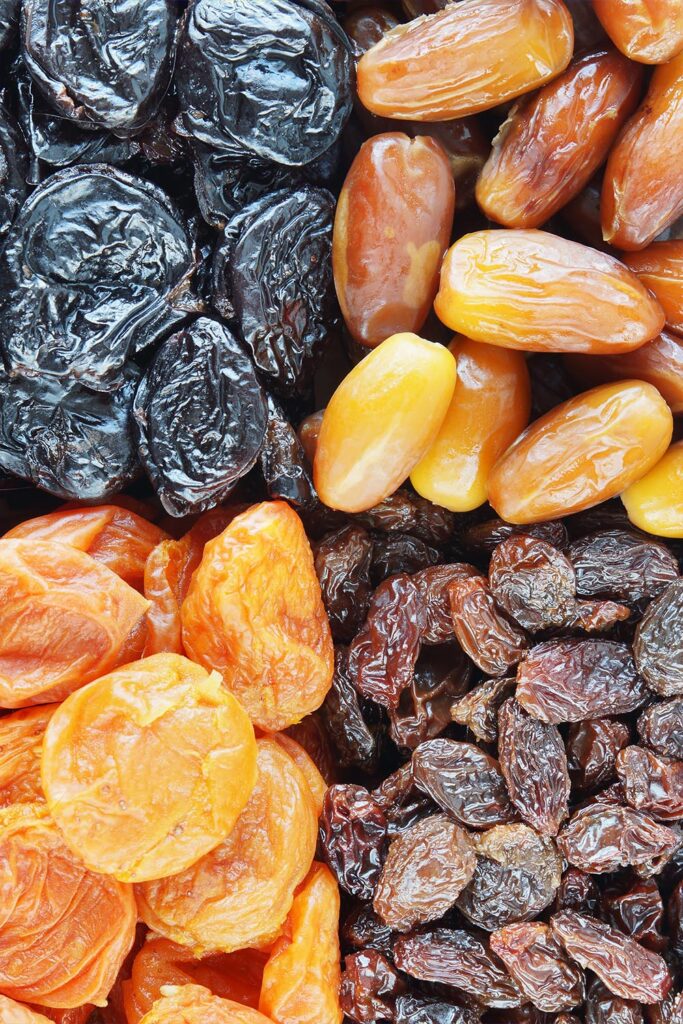
Dried fruits are basically fruits with all moisture taken out. Although they still keep their natural sugars and intense flavors, you will end up with a much chewier texture than the fresh fruits you often munch on!
Sure, you can snack on dried fruits as they are. But toss them into your baking, and you’re in for a tastebud paradise! Raisins, for example, are tiny bursts with a hint of tanginess, while the sweet-sour cranberries always give my dishes that perfect zingy punch.
You can spot them in thousands of recipes: chewy cookies, cakes, bread, muffins – and surprises, even in some savory dishes like stuffing or stews! Chop them up, dice them small, or just keep them whole – however you like to use these guys.
8. Nuts
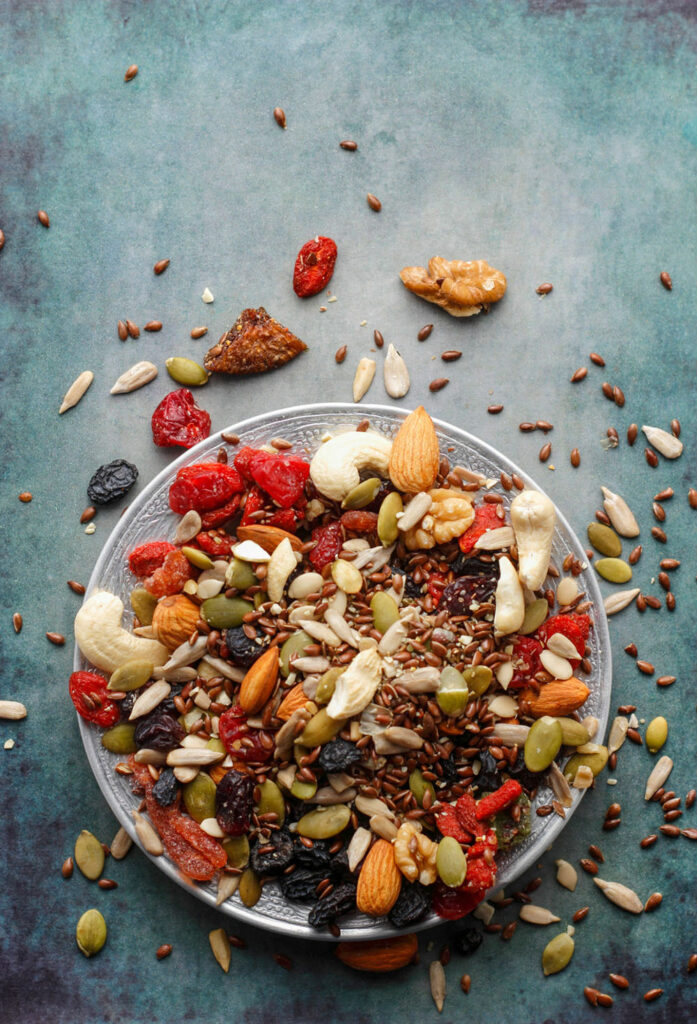
Never underestimate their power! You’ve got almonds, walnuts, pecans, hazelnuts, pistachios, and a whole nutty crew to pick from, which all amp up the flavors and add that satisfying crunch to your lovely bakes.
These babies come in different styles to serve different baking styles:
- Whole nuts: Like dried fruits, feel free to chop, slice, or use them whole! They’re perfect for most cookies, cakes, bread, and even muffin formulas.
- Ground nuts: Grind them into flour, and you have a magic swap for regular flour. Almond and hazelnut flour are superstars in gluten-free baking or whenever you want a slightly different flavor and texture in your baked treats.
- Nut butter: Peanut butter, almond butter, and their pals are secret agents behind that extra moisture in my brownies and cakes.
Heads-up: Nut allergies are a thing, by the way, so if your dish has any, be sure to label it clearly for the guests! Watch out for cross-contamination while prepping them to keep everyone safe and happy.
9. Milk
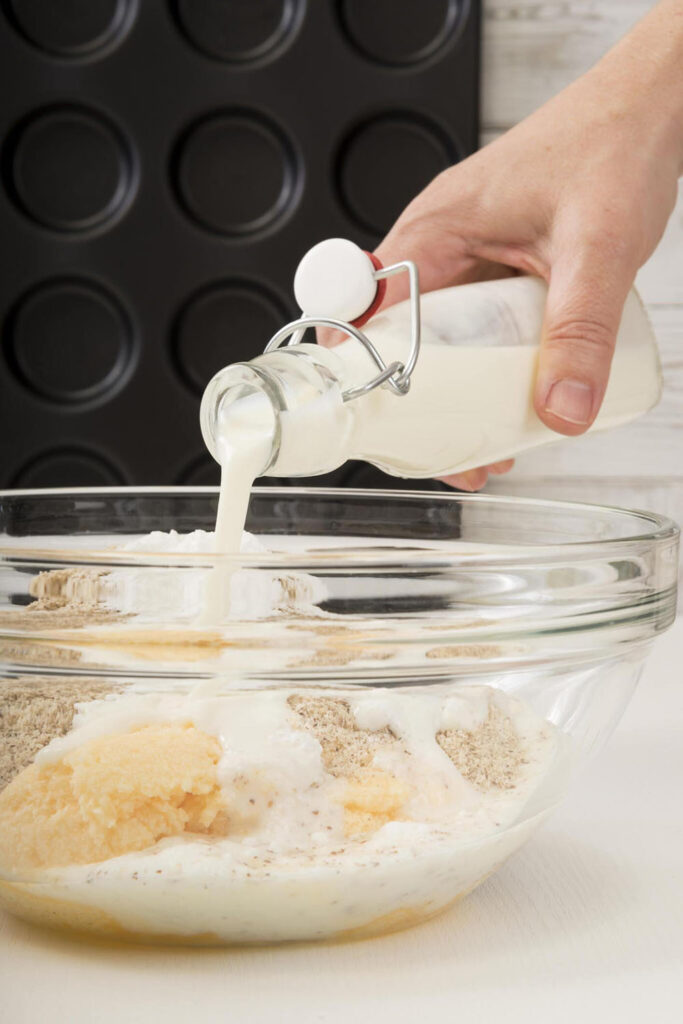
Milk is a super common baking ingredient that boosts the moisture, flavor, and tender textures of all sorts of baked goodies. And guess what? It comes in different forms, each with its own baking superpower!
- First, we’ve got regular liquid milk (usually from cows), the MVP that adds more jazz to your everyday baking. Whole milk, the same version but with more fat, can make things twice as rich and flavorful!
- Ever heard of evaporated milk? It’s like regular milk but thicker since about 60% of its water content has been removed. I love using it in recipes for pies and custards to give them that extra oomph in texture.
- Then there’s condensed milk, every sweet tooth’s dream. It takes out the water and adds sugar to manifest this syrupy, sweet haven. You’ll often find this milk in baking desserts like fudge or cupcakes.
- Powdered milk, or basically dried milk with no moisture, is the champ of convenience. Just add some water, and voila – you have a perfect stand-in for liquid milk in recipes whenever you are in a pinch!
What about lactose-intolerant folks or those who prefer plant-based options? Don’t fret; you can totally swap out the milk in some baking recipes with non-dairy alternatives like almond, soy, oat, or coconut milk.
10. Vegetable Oil
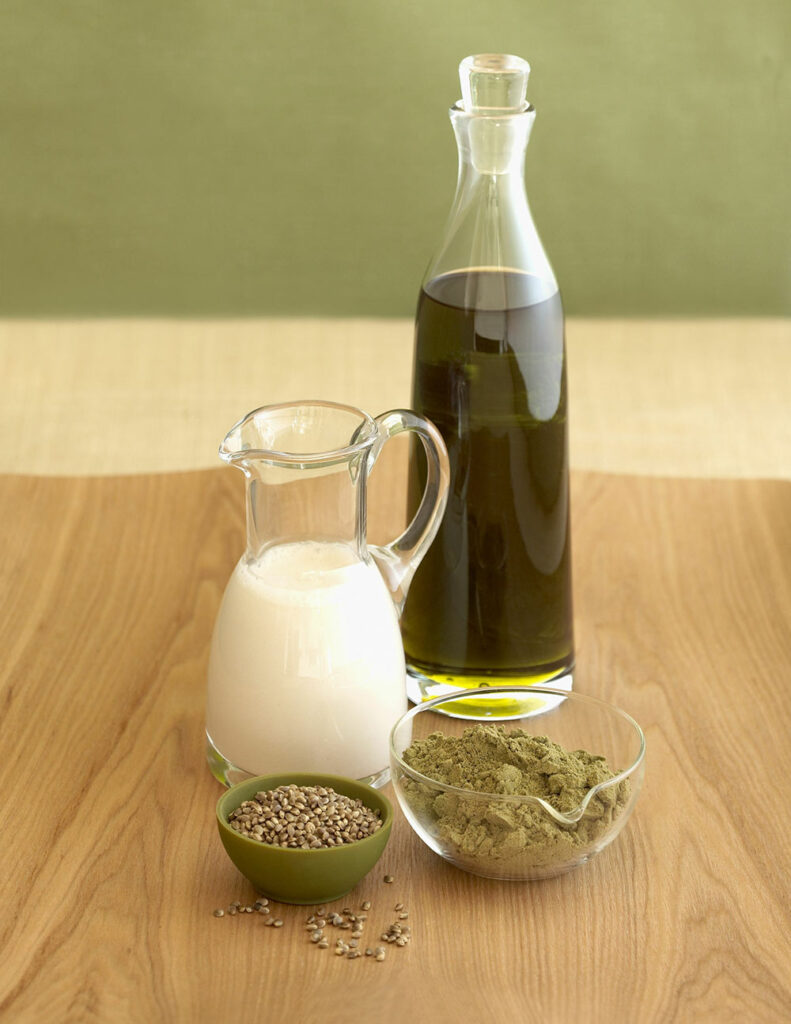
Veggie oil is basically oil made from plants like soybeans, corn, sunflowers, safflowers, rapeseeds (also known as canola), or palm nuts. All my friends and customers love it – and indeed, this oil wears many hats when it comes to baking!
First, veggie oil locks in moisture to keep your baked treats from turning into Sahara desserts. And guess what? Unlike butter or margarine, which add strong flavors to the mix, vegetable oil is like the Switzerland of baking fats: it stays neutral. That’s a win when you want your cookies or brownies to taste exactly like they’re meant to, without any fat flavor butting in!
And here’s the cool part: sometimes, veggie oil can play the role of an egg, especially in vegan baking. It jumps in to bring the moisture and fat that eggs usually do, keeping my recipe sweetly on track!
How To Store The Ingredients For Baking
When organizing your essential ingredients, here are some handy tips to keep them in great shape!
- It’s smart to stash your baking pantry essentials in airtight containers or resealable bags. The packages keep them fresh and kicking while telling moisture to buzz off.
- Pick a cool, dry hideout for your ingredients (think pantry or cupboard). They’re not fans of direct sunlight, so let’s keep them in the shade.
- Labeling, my friend, is a game-changer! Slap a label on those containers or bags with the purchase/expiration date. That way, you’ll first go through the older stash and ensure nothing ends in the trash.
- Some ingredients, like whole grain flour, nuts, and yeast, love the cold. Stick them in the fridge or freezer, and don’t forget to seal them tight to dodge any odor switcheroo!
Conclusion
I’ve shared my entire list of baking ingredients with you. It’s nothing fancy, just regular, run-of-the-mill stuff you’d easily snag from any local store; no fuss involved! While you can always jazz up the flavors with more ingredients, these ten fellas usually get the job done.
See more: 22 Essential Baking Tools and Equipment for All Bakers
View More Our Common Ingredient Substitutions:


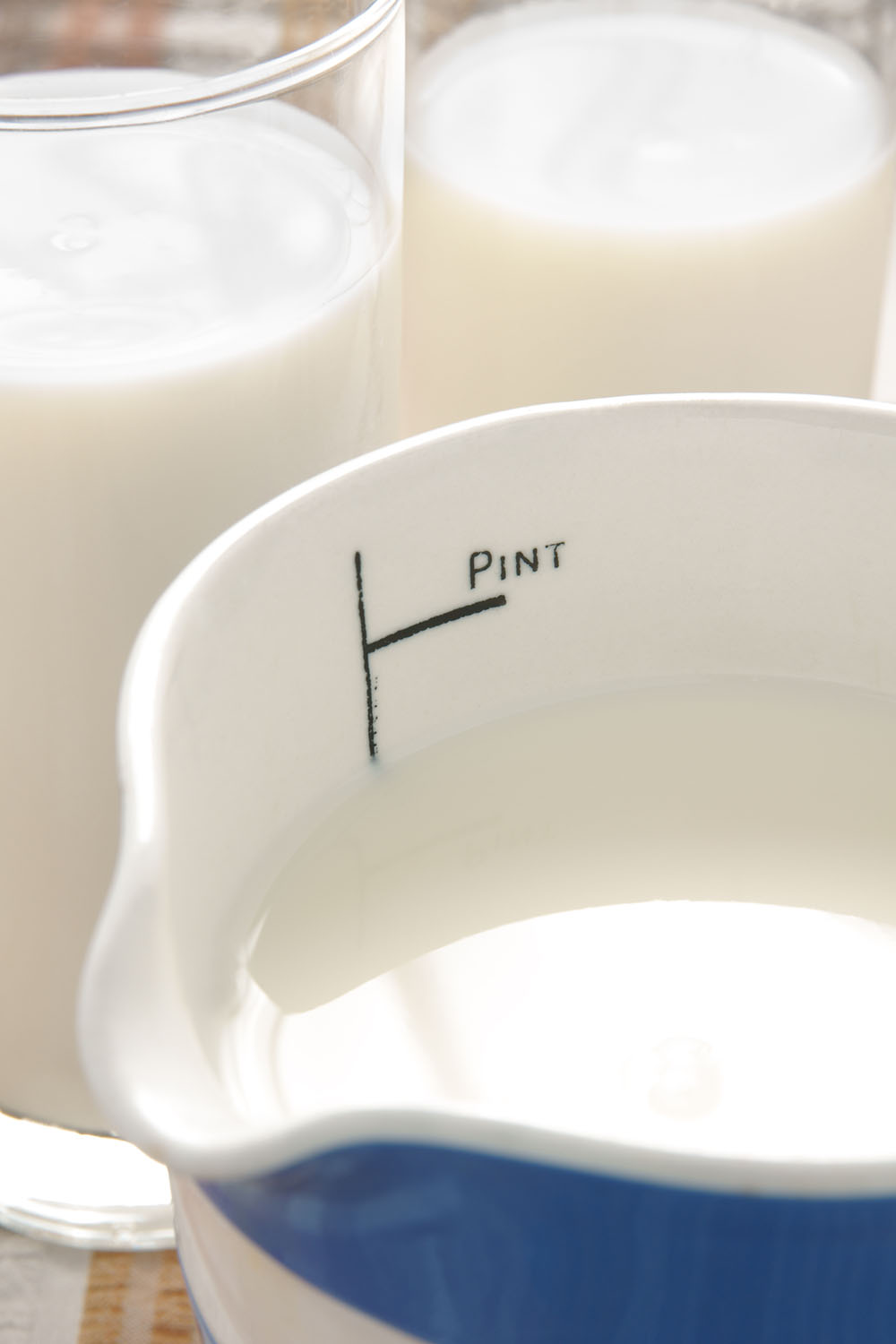
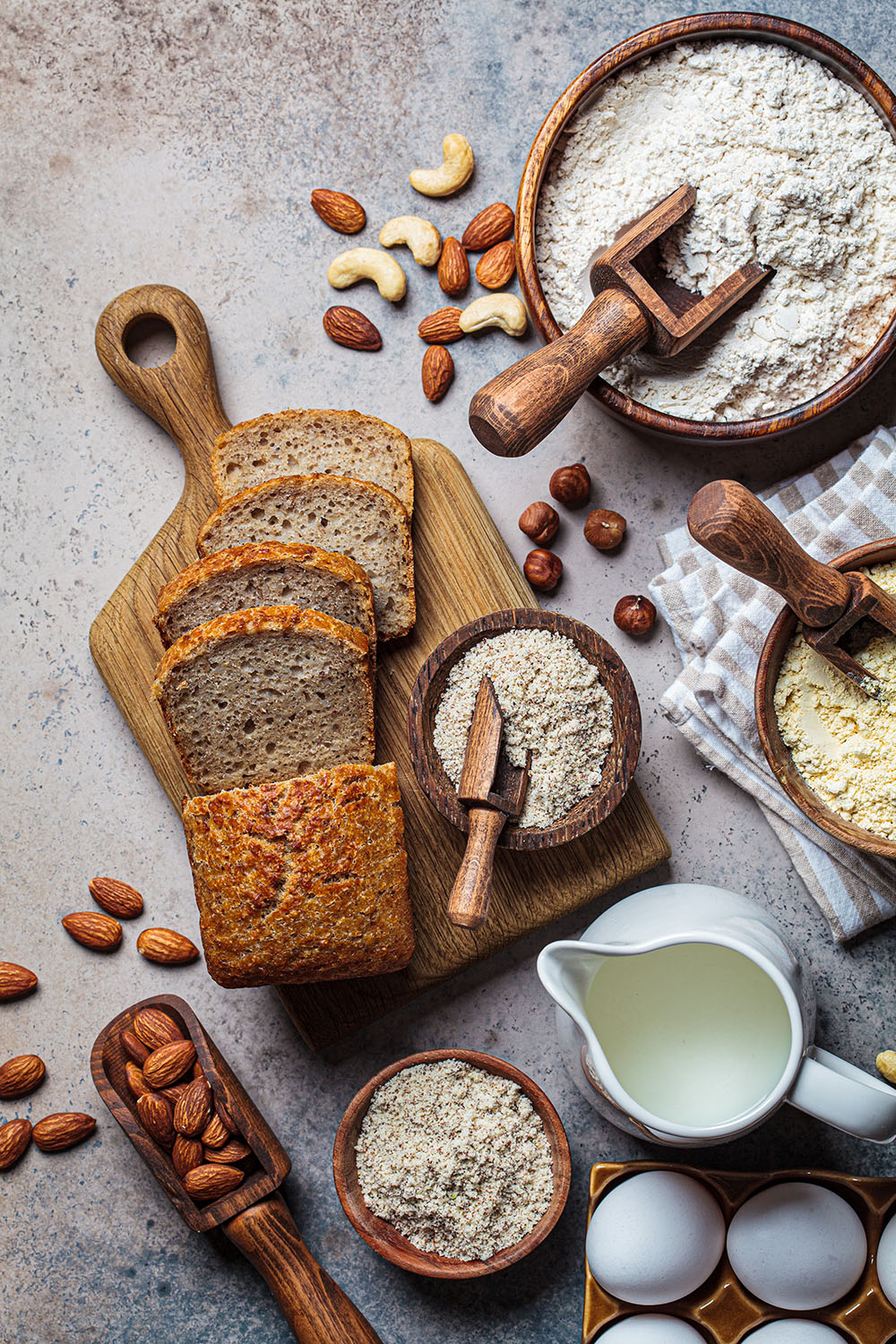
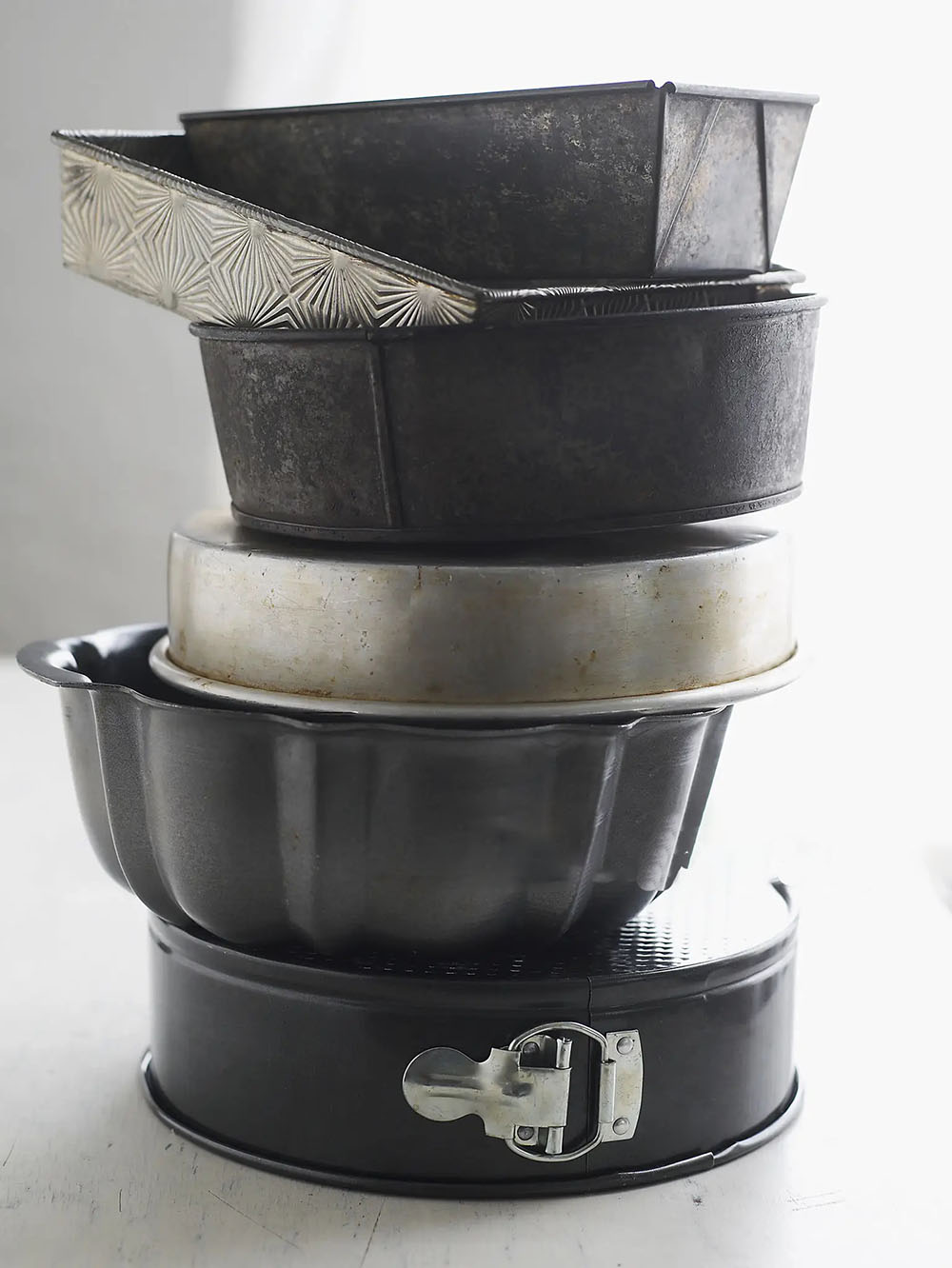
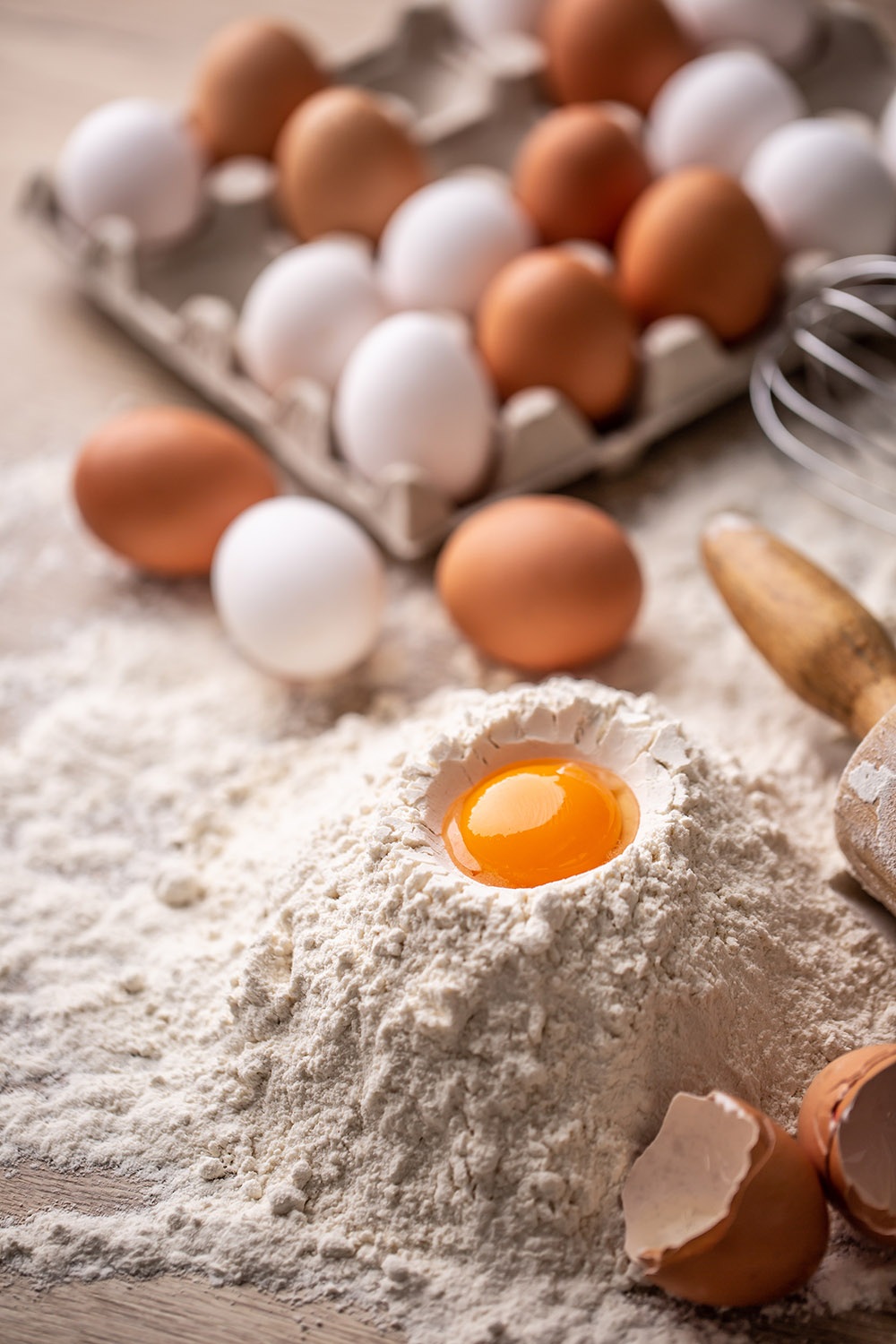
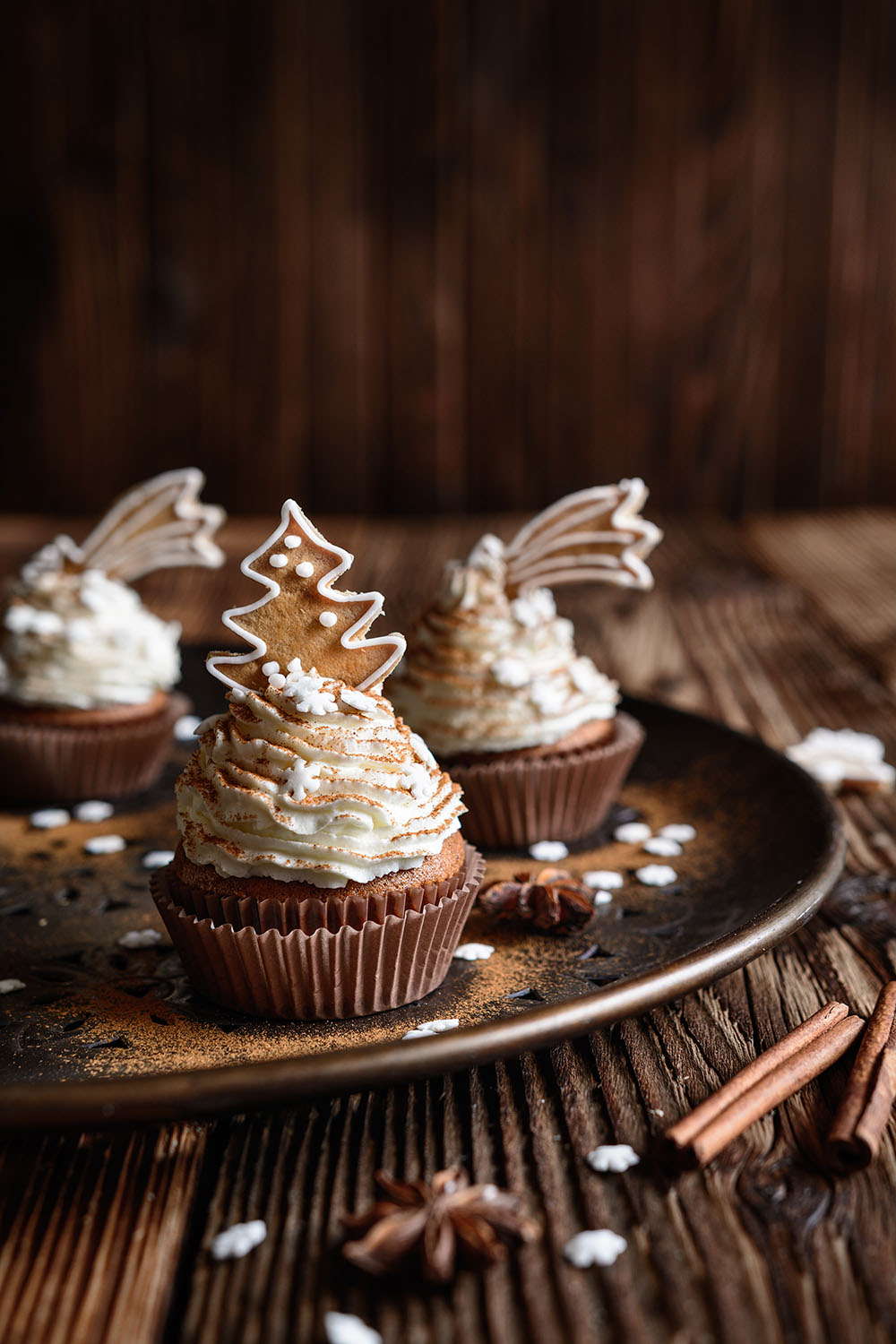
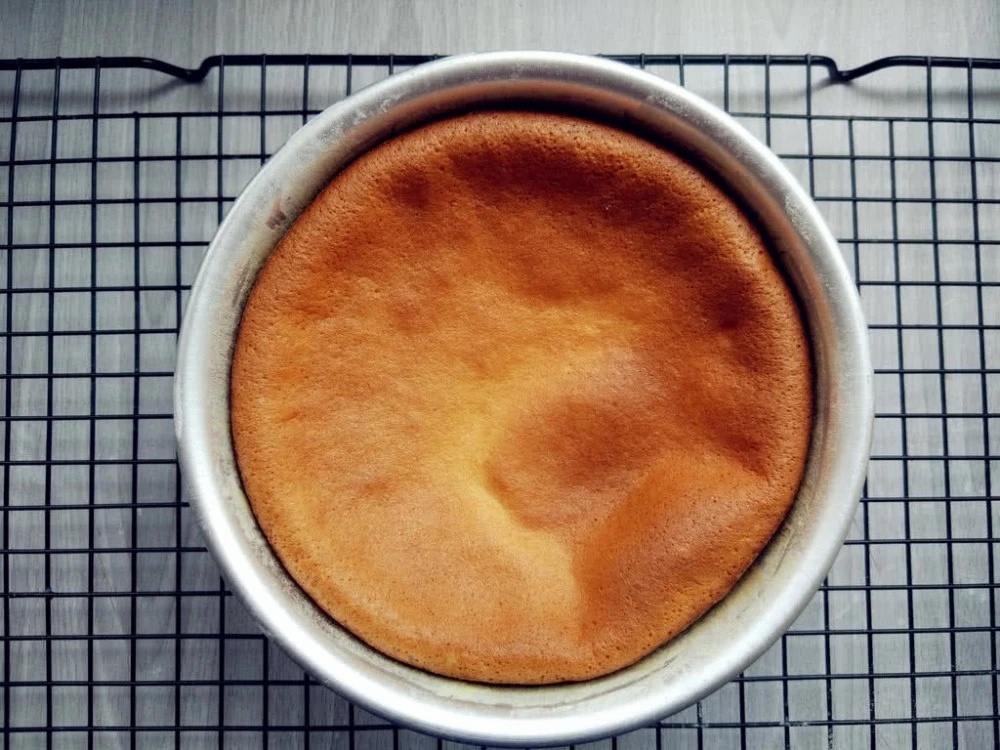
I like the idea that is a good idea .
So nice
Looking smart